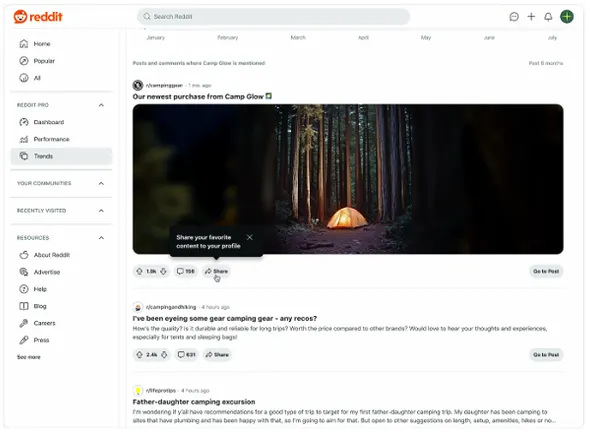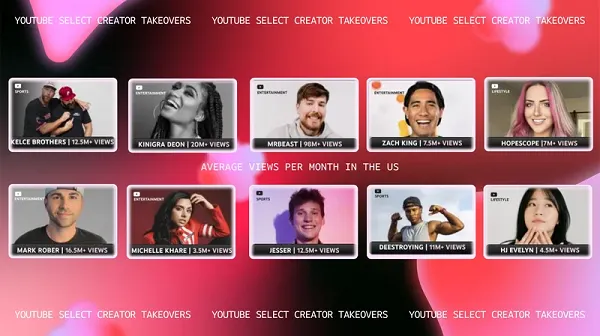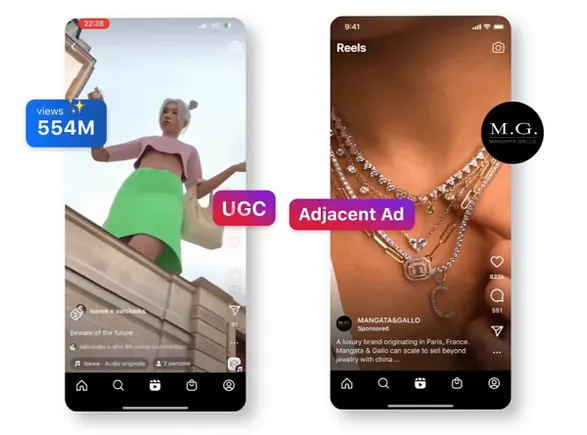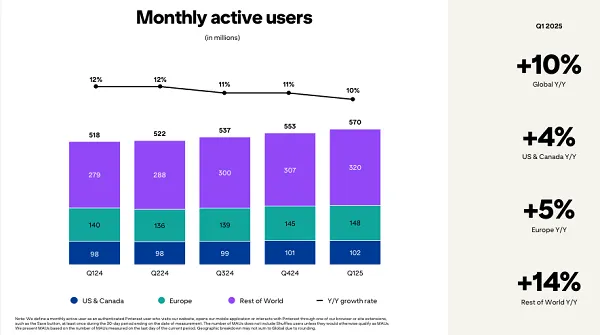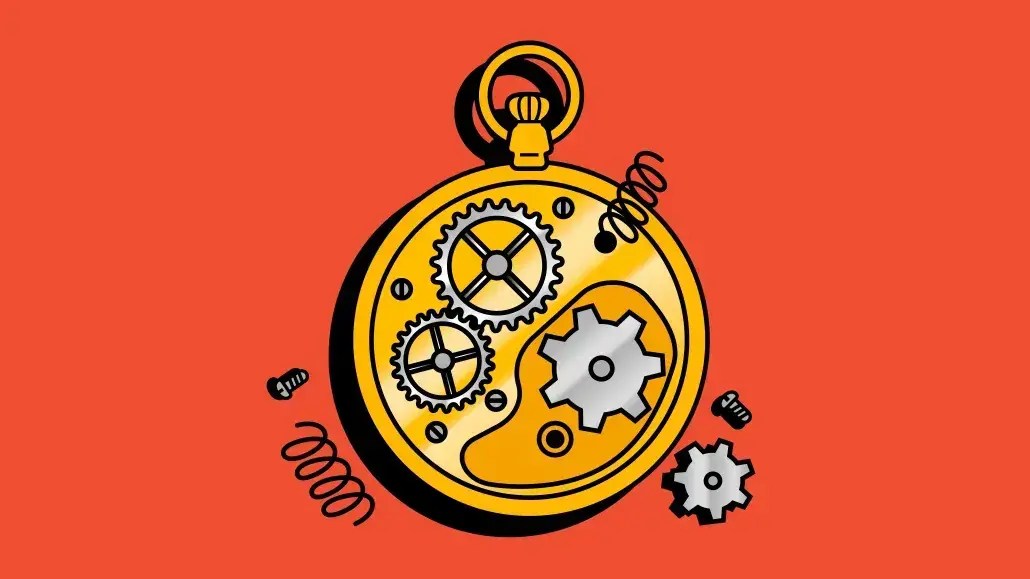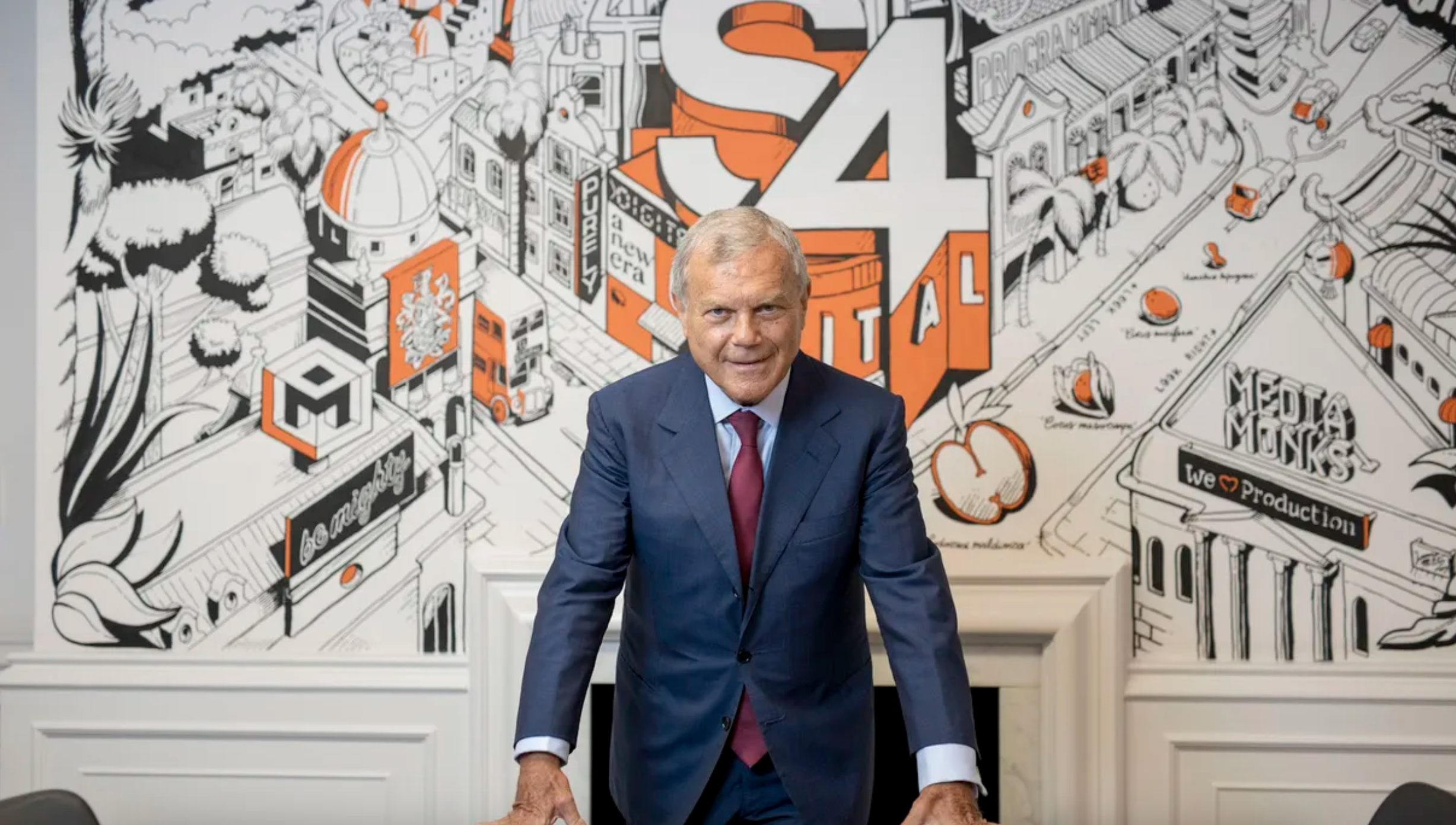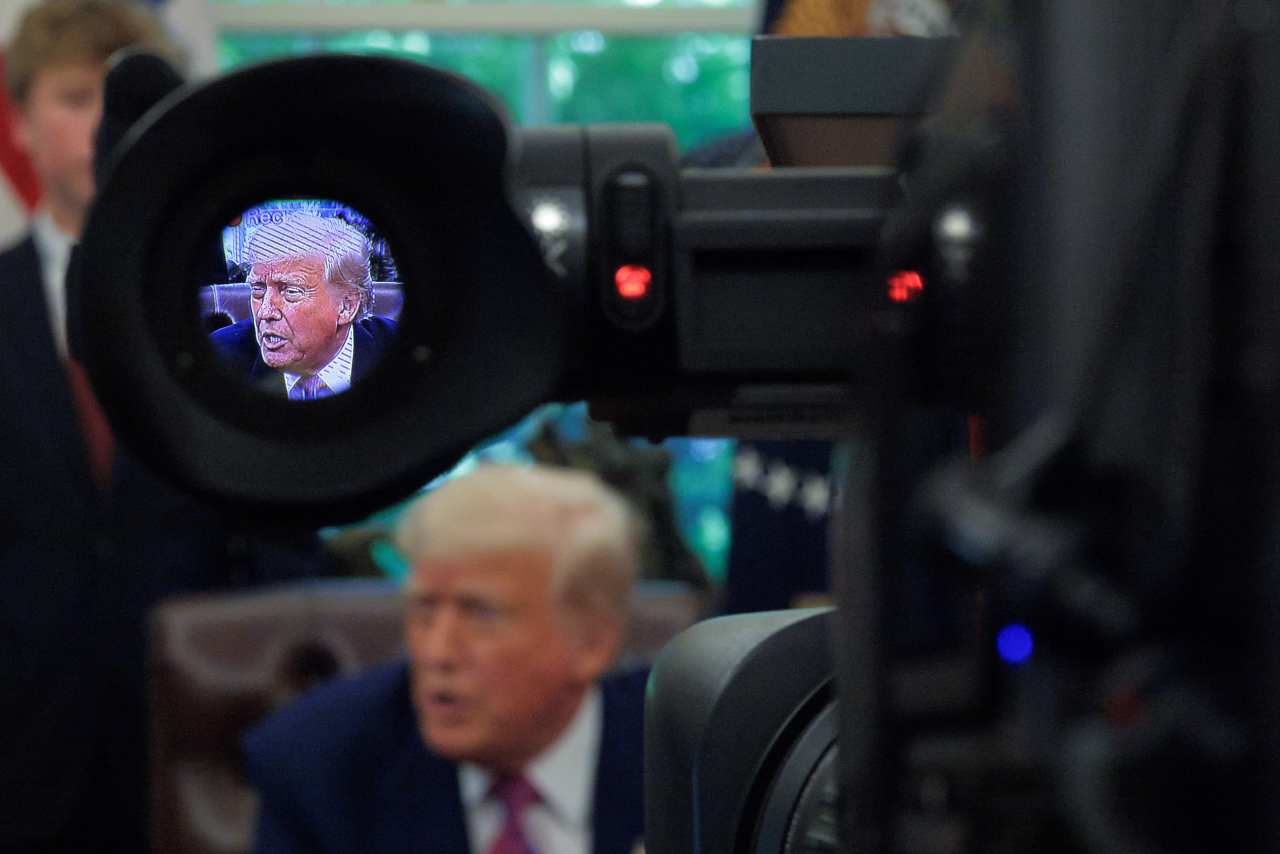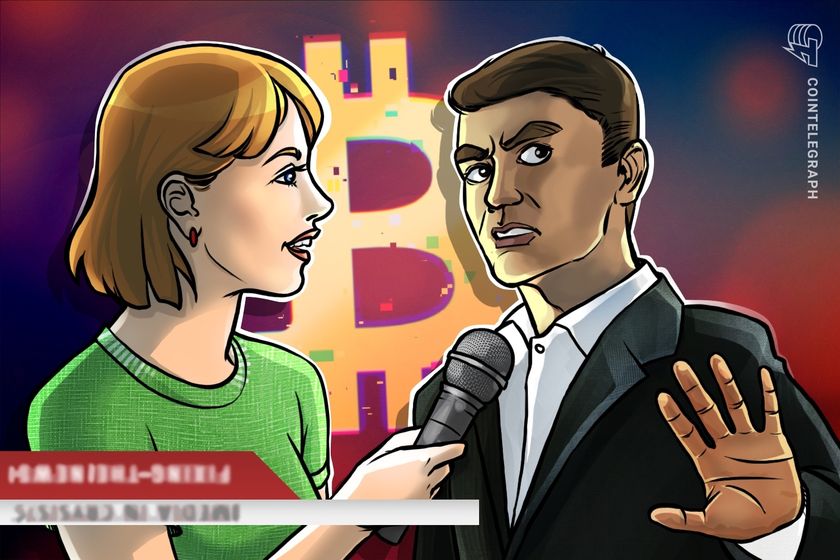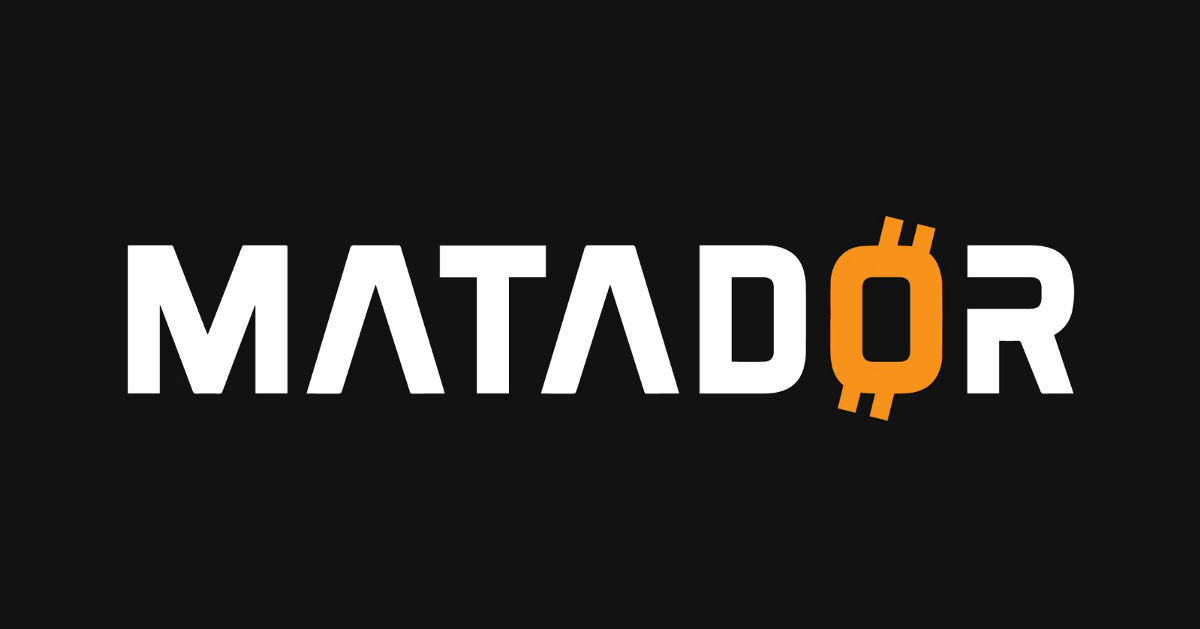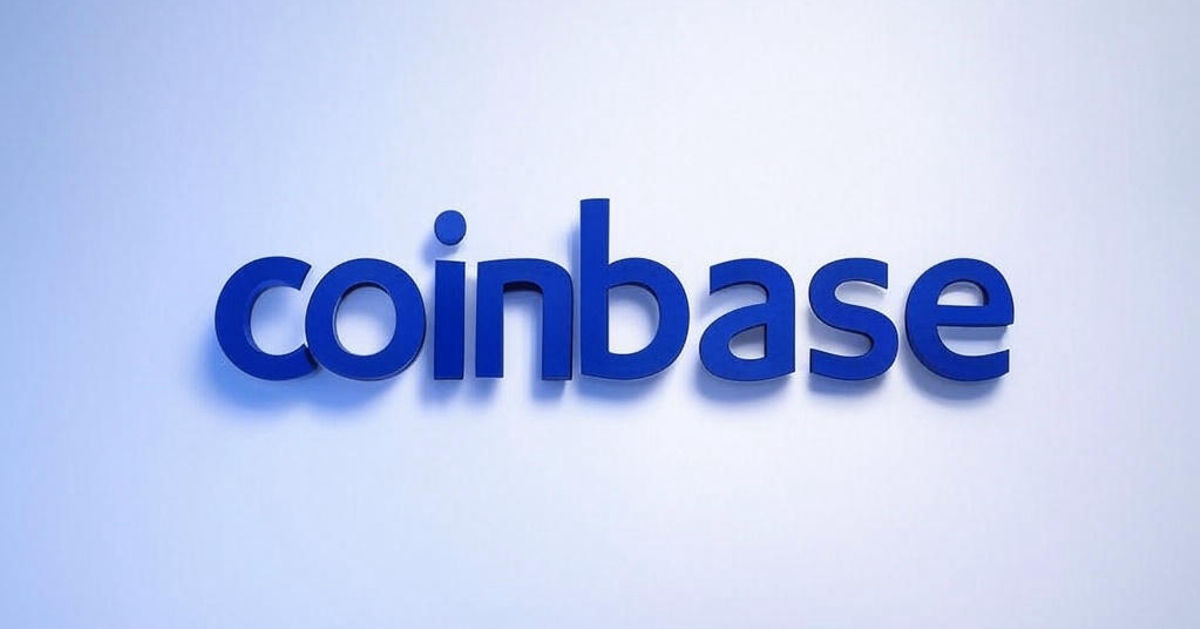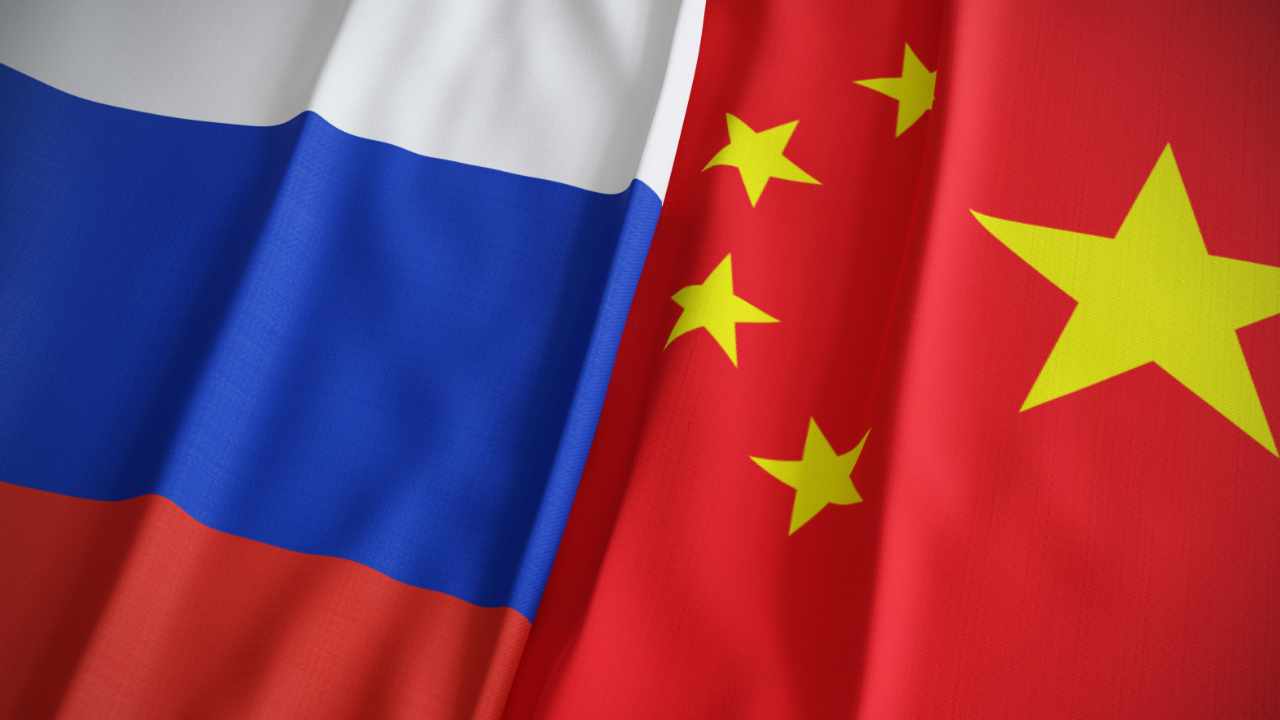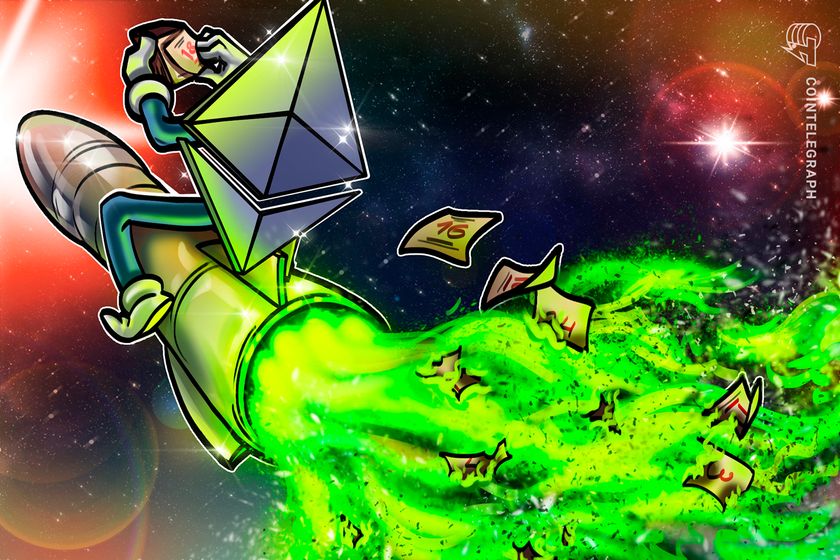Navigating change: Adapting HR practices in the age of automation
Automation is often misunderstood. It’s not about cutting headcount. It’s about cutting the noise. It’s about giving your HR team time to focus on people, not paperwork.
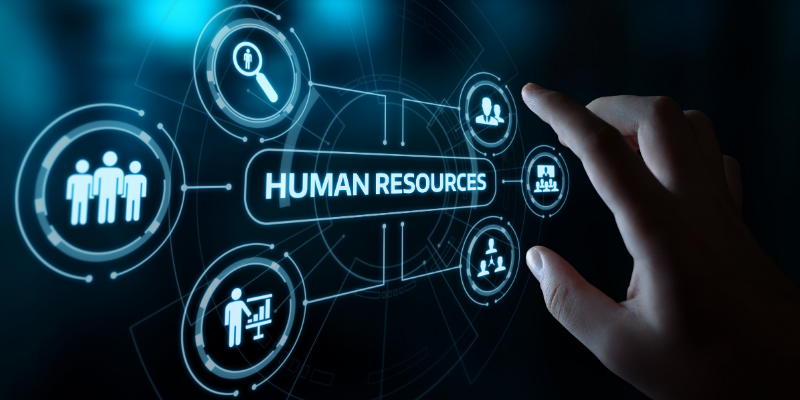

We're no longer debating whether automation and AI will affect HR. The question is 'How do we transform HR to remain human in a world that's rapidly becoming machine-centric?' This is a tale of adapting, not reacting. Of creating frameworks that bend. And above all, of designing HR experiences that are not only digital but profoundly personal.
The landscape is shifting and fast
The traditional HR playbook is being rewritten. We’re seeing a tectonic shift from process-driven to experience-led, from compliance-heavy to configuration-first, from reactive firefighting to intelligent foresight.
At the heart of this transformation is automation. But not the kind that replaces people. Instead, the kind that frees them up. That makes your HR stack a quiet co-pilot. That shifts decisions from guesswork to intelligence. That makes processes invisible and experiences visible.
It has been observed repeatedly that when automation works well, it becomes invisible. It creates a green channel experience, an uninterrupted, frictionless path for people to do their best work.
Automation is not the enemy, indifference Is
Automation is often misunderstood. It’s not about cutting headcount. It’s about cutting the noise. It’s about giving your HR team time to focus on people, not paperwork.
Imagine if your HR system knows an individual's work style of choice, knows when burnout is sneaking up, and reminds the manager before there's an issue. It remembers birthdays, career milestones, even learning objectives and takes action before someone requests it.
That's not monitoring. That's support. That's a work buddy who hears you, learns, and shares the load.
The age of frameworks, not fixed rules
HR isn't simply being digitised; it's being dismantled and reassembled. From hard-coded rules to dynamic frameworks. From rigid processes to configurations that bend with your culture.
You can't operate a business of today with yesterday's workflows. The new world requires flexible systems where HR policies shift with business objectives, where compliance is baked into every interaction, and where personalisation isn't a nicety, it's the norm.
This is where automation excels, not as a jack-of-all-trades but as a dynamic, breathing layer that learns to understand the idiosyncrasies of your organisation.
Data: From dashboard to dialogue
AI isn't prediction; it's point of view. It's not just about serving up charts, it begins conversations.
Why are new hires falling off in the third month? What capabilities will your teams require six months from now? Which teams are disengaging, but haven't yet put it into words?
These are not analytical questions. These are cultural questions. Done correctly, automation enables HR leaders to hear between the lines, and act, not react.
Making it real: What the best teams are doing
Across sectors, we’ve seen companies make the leap. Not by replacing HR with machines, but by embedding intelligence into every employee touchpoint:
- A green channel onboarding experience that adapts to roles, regions, and even individual preferences.
- Feedback loops that are always on, not once a year.
- Learning paths that suggest what’s next based on real-time performance and aspirations.
- Exit journeys that feel just as human as entry ones because dignity should be a full-cycle experience.
Future of HR is quietly powerful
Let's not make HR a machine. Let's make it quietly powerful. Invisible where it should be, and unforgettable where it matters.
I always believed that technology should be humane. That HR tech should disappear into the background, letting people come to the foreground. And that automation, done right, doesn’t make things cold, it brings warmth and context at scale.
Because in the age of automation, the most human companies adopting automation well will win.
(Saikiran Murali is the founder and mentor at Workline.)
Edited by Kanishk Singh
(Disclaimer: The views and opinions expressed in this article are those of the author and do not necessarily reflect the views of YourStory.)




